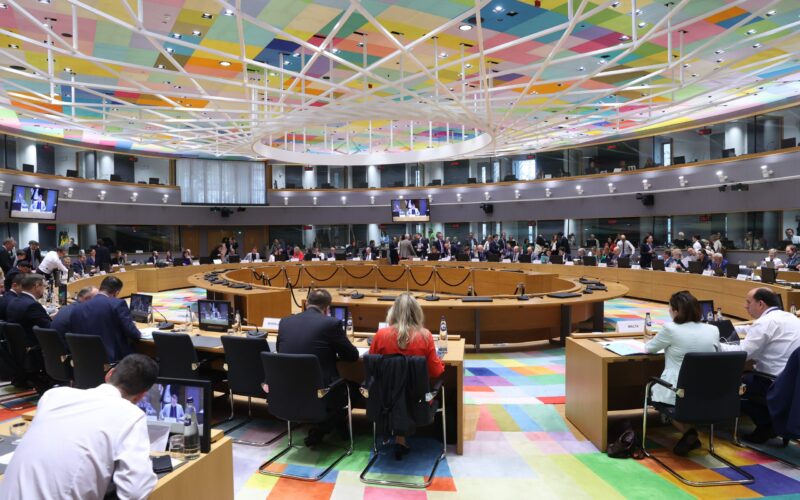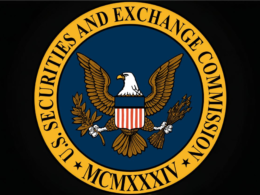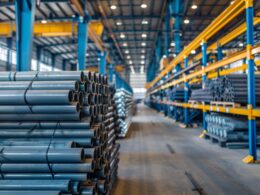The Council of the European Union, on Monday, adopted a regulation on tracking and reducing methane emissions. This regulation is a part of the ‘Fit for 55’ legislative package, which aims to achieve climate neutrality in the EU by 2050.
The regulation brings in new requirements for measuring, reporting and verifying methane emissions in the energy sector. It also includes mitigation measures, like detecting and repairing methane leaks and limiting venting and flaring, which aim to avoid methane emissions. Global monitoring tools will ensure transparency on methane emissions from imports of oil, gas and coal into the EU.
Tinne Van der Straeten, Belgian Minister for Energy said, “Methane, a short-lived climate pollutant up to 30 times more potent than CO2, is the second most important greenhouse gas. To meet the Paris Agreement’s goal of limiting global warming to 1.5°C and achieving climate neutrality by 2050, we must cut methane emissions in the oil, gas, and coal sectors. This legislation ensures proper monitoring and addressing of emissions across these value chains.”
The regulation brings in stricter monitoring and reporting rules wherein the operators are supposed to measure methane emissions at the source level and draw up monitoring reports that will then be checked by independent accredited verifiers.
It calls for member states for ongoing maintenance and regular updates of inventory of all wells, as well as mitigation plans for inactive wells, in order to prevent any public health and environmental risks from methane emissions. The member states are also to measure and monitor emissions from coalmines which have been closed or abandoned for less than 70 years, since methane continues to be released even when production is halted.
National authorities will carry out periodic inspections to check and ensure operators’ compliance with the requirements of the regulation, including the taking of follow-up remedial measures.
The operators will also have to detect and repair methane leaks and carry out surveys of methane leaks in different types of infrastructures at set intervals.
The rules also direct operators to repair or replace all components above certain methane leak levels immediately after detection, and no later than five days thereafter. The set deadline for a full repair under the new rules is 30 days. In addition, the regulation bans venting and flaring methane from drainage stations by 2025 and from ventilation shafts by 2027, unless it is strictly necessary or in the event of an emergency or malfunction.
The new rules also call for tracing Methane emissions from the EU’s energy imports. It will global monitoring tools to increase the transparency of methane emissions from imports of oil, gas and coal into the EU.





















